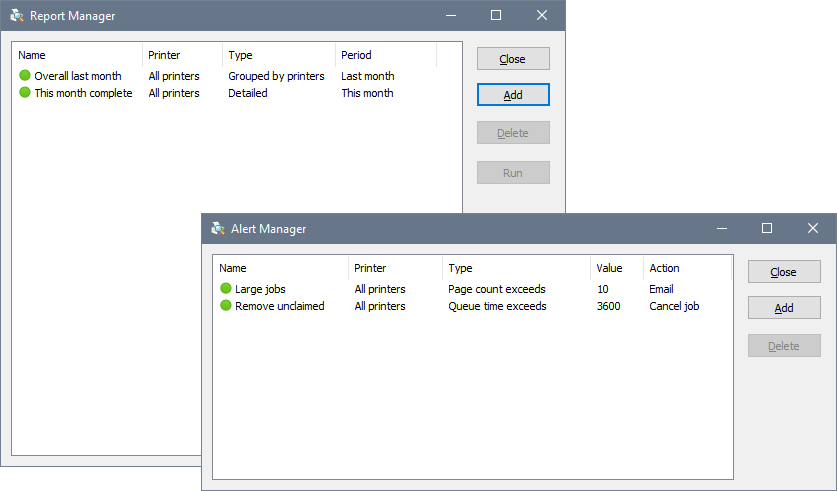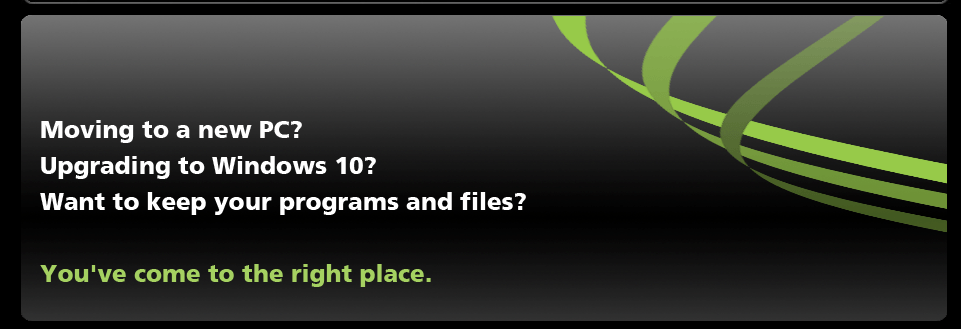

On the other hand, you have to admire the lengths these developers went to in order to recreate that look and behavior of Windows 10 and to make migrating users feel comfortable. I encountered several app crashes within just a few hours, and they seem to be tied into the theming. So my initial impressions of LinuxFx are mixed. That being said, Rachid tells me their longterm plan is to rewrite all the functions and systematically replace the components of Cinnamon, and eventually employ their own custom window manager.

But it’s also compelling because a new Linux user can quite easily just switch up the theme and behavior using Cinnamon’s wealth of customization options once the novelty of a Windows 10 desktop has worn off.Īt that point, they’re basically using a stable version of Ubuntu 20.04 with the Cinnamon desktop. Concerning because one has to wonder if the existence of a distribution like this is threatened by the copious amounts of asset borrowing. It’s both compelling and concerning just how shockingly similar this all looks to Windows 10. It currently works on the Raspberry Pi and is being ported to the Asus Tinker. LinuxFx is also actively being developed for ARM platforms. Unlike Windows, however, system updates are seamless and don’t require a restart. Or adding applets, desklets or a huge selection of themes to your installation. Jason Evangelhoįor the most part, it honestly feels like using Windows 10 until you start digging deep into customization menus or the bundled software store (which uses the Windows Store icon because of course it does). Just tell them you are a tech.Ģ.Familiar names and functionality, but the apps behind the menu are obviously Linux ones. Don't buy first, ask for a trial - they usually give 1 copy of the migration for free, although it's not mentioned on the website. I've had about 85-90% success rate, although who knows how it will work for others.ġ. Choose This is my old PC or This is my new PC accordingly. Connect your old computer and your new computer via home network or using a standard network cable. When prompted, enter your license information. Moves all the stuff onto the new system, including applications, including registry, sets everything right up. Run the downloaded software, to perform the product activation.

However! 90% of what I use them for is their native transfer (WinWin as they call it). Agreed regarding additional support on that, VMs are no easy thing, but had no choice. I've only ever used it for cases with ages old DOS programs clients just couldn't live without. The VM part is only something they have for virtualized migrations. Bottom line, they don't use any VMs and don't transfer the OS (unless you really want to). I've used it quite a few times before, so will just quote a recent post where I described what they do (below).


 0 kommentar(er)
0 kommentar(er)
